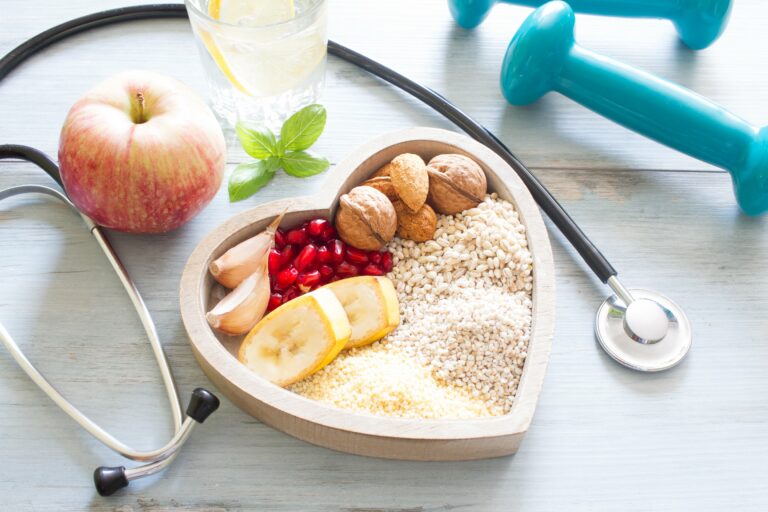Maintaining healthy cholesterol levels protects against heart disease, stroke, and other cardiovascular conditions. While low-density lipoprotein (LDL) cholesterol often receives a lot of attention, high-density lipoprotein (HDL) cholesterol also plays a crucial role in the body by removing excess cholesterol from the bloodstream and transporting it to the liver for disposal. Improve heart health with our expert-approved list of HDL cholesterol foods.
Boosting HDL levels can significantly impact overall heart health. Research indicates that even a tiny 1% increase in HDL cholesterol levels can lead to a 2-3% reduction in the risk of heart disease. Including specific foods in your diet can naturally raise HDL cholesterol levels. Discover the top foods to increase good cholesterol (HDL) and reduce the risk of heart disease.
The Importance of HDL Cholesterol
High-density lipoprotein (HDL) cholesterol, commonly known as “good” cholesterol, is crucial in safeguarding cardiovascular health. It acts as a scavenger, diligently removing excess cholesterol from the bloodstream and ferrying it to the liver for disposal.
Key Functions of HDL Cholesterol:
– Reverse Cholesterol Transport: HDL diligently gathers surplus cholesterol from peripheral tissues and ferries it to the liver for disposal.
– Anti-Inflammatory Effects: HDL possesses anti-inflammatory properties, diminishing inflammation in the arteries.
– Antioxidant Properties: HDL protects against oxidative stress, curtailing the generation of detrimental free radicals.
– Endothelial Function: HDL maintains healthy endothelial function, enhances blood vessel relaxation, and reduces blood pressure.
Benefits of High HDL Cholesterol:
– Reduced Risk of Heart Disease: Elevated HDL levels diminish the risk of heart disease, stroke, and cardiovascular mortality.
– Improved Blood Vessel Function: HDL aids in preserving healthy blood vessels, lowering the risk of atherosclerosis.
– Enhanced Cognitive Function: Higher HDL levels have been associated with improved cognitive function and a reduced risk of dementia.
– Better Insulin Sensitivity: HDL aids in regulating insulin sensitivity, thereby reducing the risk of developing type 2 diabetes.
Risk Factors for Low HDL Cholesterol:
– Sedentary Lifestyle
– Obesity
– Smoking
– High Blood Pressure
– High Triglycerides
– Diabetes
– Family History of Low HDL
Target HDL Cholesterol Levels:
– Men: 40-60 mg/dL
– Women: 50-70 mg/dL
Maintaining optimal HDL cholesterol levels is paramount for overall cardiovascular health. By comprehending the significance of HDL cholesterol and embracing healthy lifestyle practices, individuals can mitigate their risk of heart disease and enhance their general well-being.
10 Foods to Boost ‘Good Cholesterol’ or HDL
Here are 10 foods to boost HDL cholesterol and support heart health:
Nuts

Nuts provide a rich source of beneficial fats, protein, and fiber, making them an excellent choice for enhancing HDL cholesterol levels.
Top Nuts for HDL Cholesterol:
– Almonds
– Walnuts
– Pecans
– Hazelnuts
– Pistachios
– Cashews
Advantages of Nuts for HDL Cholesterol:
– Abundant in Monounsaturated Fats: Nuts are high in monounsaturated fats, which increase HDL cholesterol.
– High Fiber Content: Nuts are packed with fiber, which helps eliminate excess cholesterol from the bloodstream.
– Antioxidant Qualities: Nuts contain antioxidants that lower oxidative stress and inflammation.
– Enhances Blood Lipid Profile: Nuts have displayed the ability to enhance overall blood lipid profiles.
Recommended Daily Consumption:
1/4 cup or 1 ounce (28g) of nuts per day.
Suggestions:
– Opt for unsalted and unsweetened nuts.
– Avoid excessive consumption due to the high-calorie content of nuts.
– Combine nuts with other foods that promote HDL for maximum benefit.
Nutritional Information (per 1 oz/28g serving):
– Almonds: 161 calories, 6g protein, 14g fat, 3.5g fiber
– Walnuts: 185 calories, 4g protein, 18g fat, 2g fiber
– Pecans: 196 calories, 3g protein, 21g fat, 3g fiber
Research:
– A 2010 study published in the Journal of Nutrition revealed that consuming 1 ounce of almonds daily led to a 4.4% increase in HDL cholesterol.
– A 2018 study published in the Journal of the American Heart Association found that consuming 1/2 cup of walnuts daily improved HDL cholesterol and reduced LDL cholesterol.
Berries

Berries are abundant in antioxidants, fiber, and healthy nutrients, making them a valuable addition to a diet focused on boosting HDL cholesterol.
Best Berries for HDL Cholesterol:
– Blueberries
– Raspberries
– Strawberries
– Cranberries
– Goji Berries
– Acai Berries
Advantages of Berries for HDL Cholesterol:
– High Antioxidant Content: Berries contain powerful anthocyanins that reduce inflammation.
– Rich in Fiber: Berries are high in fiber, aiding in removing excess cholesterol.
– Anti-Inflammatory Properties: Berries’ anti-inflammatory characteristics reduce cardiovascular risk.
– Enhances Blood Lipid Profile: Berries have been shown to improve overall blood lipid profiles.
Recommended Daily Intake:
1/2 cup to 1 cup (60-120g) of berries daily.
Suggestions:
– Choose fresh or frozen berries.
– Incorporate berries into oatmeal, yogurt, or salads.
– Consider berry supplements if fresh berries are not available.
Nutritional Information (per 1/2 cup/60g serving):
– Blueberries: 60 calories, 1g protein, 2g fiber, 10% DV vitamin C
– Raspberries: 60 calories, 1g protein, 4g fiber, 50% DV vitamin C
– Strawberries: 50 calories, 1g protein, 3g fiber, 150% DV vitamin C
Research:
– A study from 2010 published in the Journal of Nutrition found that consuming 1 cup of blueberries daily improved HDL cholesterol and reduced blood pressure.
– A 2019 study published in the Journal of Agricultural and Food Chemistry found that raspberry extract reduced inflammation and improved cardiovascular health.
Beans
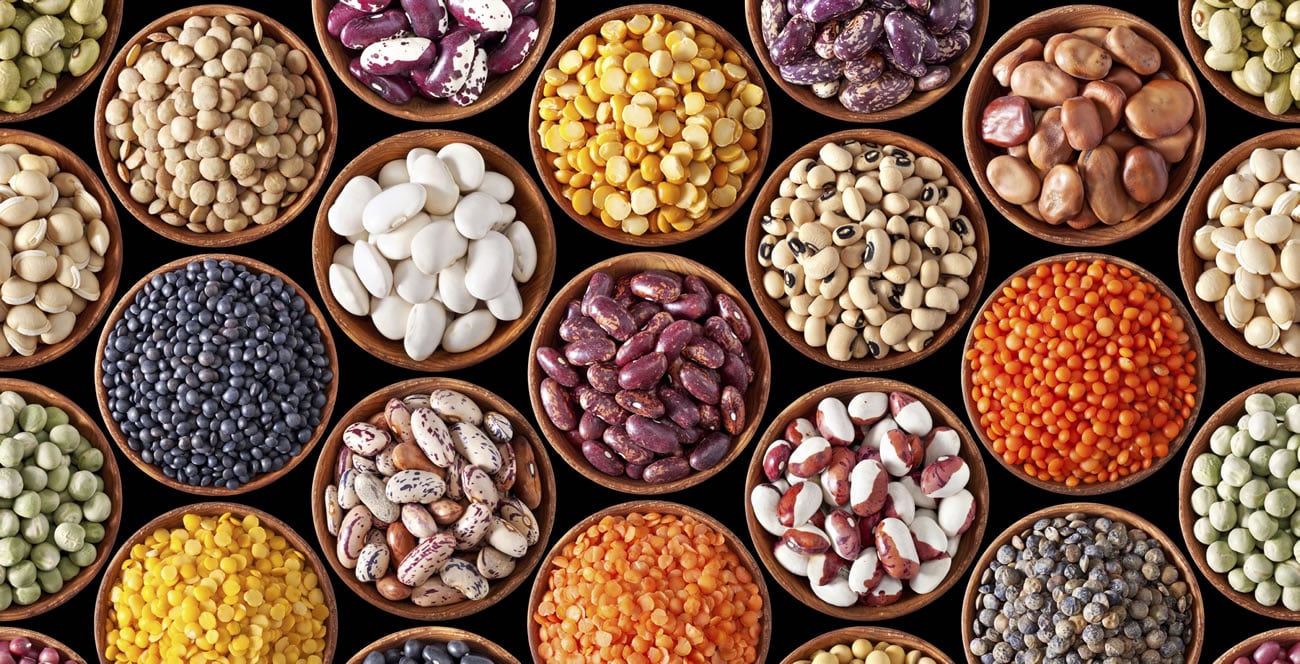
Due to their high protein, fiber, and essential nutrients, beans are a great addition to a diet promoting higher levels of HDL cholesterol.
Top Beans for HDL Cholesterol:
– Red Beans
– Dark Beans
– Garbanzo Beans
– White Beans
– Butter Beans
– Painted Beans
Advantages of Beans for HDL Cholesterol:
– Rich in Fiber: Beans are abundant in soluble fiber, which aids in eliminating surplus cholesterol.
– Protein-Packed: Beans offer crucial protein for maintaining healthy blood vessels.
– Low in Fat: Beans are low-fat, reducing the risk of heart disease.
– Abundant in Antioxidants: Beans contain antioxidants that decrease inflammation and oxidative stress.
– Enhances Blood Lipid Profile: Studies have shown that beans can improve overall blood lipid profiles.
Recommended Daily Intake:
1/2 cup to 1 cup (100-200g) of cooked beans daily.
Suggestions:
– Incorporate beans into soups, salads, and stir-fries.
– Opt for low-sodium canned beans or cook dried beans.
– Pair beans with whole grains for maximum benefit.
Nutritional Information (per 1/2 cup/100g serving):
– Red Beans: 110 calories, 8g protein, 9g fiber, 10% DV potassium
– Dark Beans: 110 calories, 8g protein, 9g fiber, 15% DV folate
– Garbanzo Beans: 100 calories, 6g protein, 6g fiber, 10% DV vitamin B6
Research:
– A 2012 study in the Journal of Nutrition revealed that consuming 1 cup of cooked beans daily improved HDL cholesterol and reduced LDL cholesterol.
– A 2019 study in the Journal of the American Heart Association found that bean consumption reduced cardiovascular risk by 14%.
Whole Grains
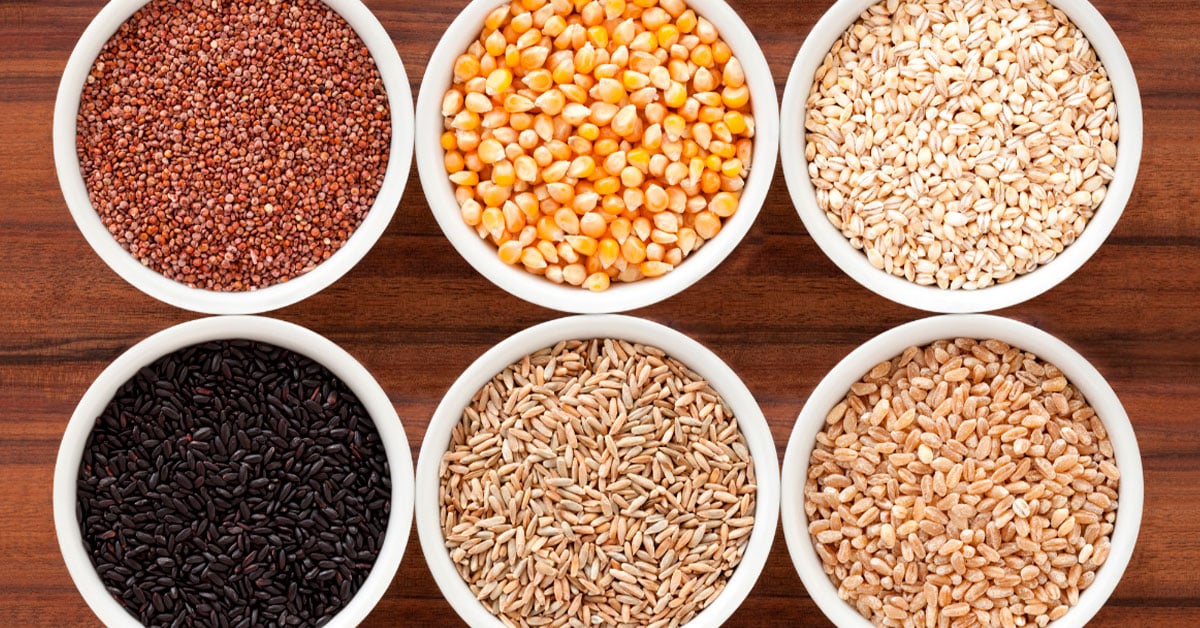
Due to their fiber, vitamins, and mineral richness, whole grains are an essential component of a diet that promotes higher levels of HDL cholesterol.
Top Whole Grains for HDL Cholesterol:
– Oats
– Quinoa
– Brown Rice
– Whole Wheat
– Barley
– Rye
– Buckwheat
Advantages of Whole Grains for HDL Cholesterol:
– High in Fiber: Whole grains are rich in soluble fiber, aiding in removing excess cholesterol.
– Rich in Antioxidants: Whole grains contain antioxidants that reduce inflammation and oxidative stress.
– Low Glycemic Index: Whole grains help regulate blood sugar levels, improving insulin sensitivity.
– Enhances Blood Lipid Profile: Whole grains have improved overall blood lipid profiles.
Recommended Daily Consumption:
Daily, 3-5 servings (150-250g) of whole grains.
Suggestions:
– Choose whole grains over refined grains.
– Incorporate whole grains into meals, snacks, and baked goods.
– Read labels to ensure “100% whole grain” or “whole wheat.”
Nutritional Information (per 1 slice/30g serving):
– Whole Wheat Bread: 89 calories, 4g protein, 3g fiber, 10% DV iron
– Brown Rice: 110 calories, 2g protein, 2g fiber, 10% DV manganese
– Quinoa: 150 calories, 4g protein, 5g fiber, 15% DV magnesium
Research:
– A 2010 study published in the American Journal of Clinical Nutrition found that consuming three servings of whole grains daily improved HDL cholesterol and reduced LDL cholesterol.
– A 2017 study published in the Journal of Nutrition found that whole grain consumption reduced cardiovascular risk by 12%.
Leafy Greens
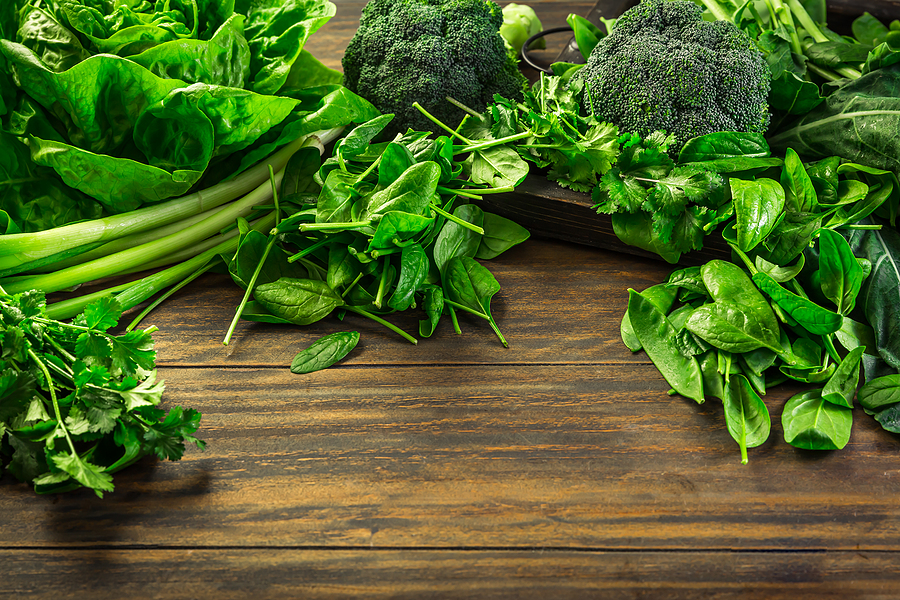
Utilize the nutritional power of leafy greens to raise your HDL cholesterol levels and enhance your overall health. Loaded with essential vitamins, minerals, and antioxidants, leafy greens are necessary to develop a diet that optimizes HDL cholesterol.
Top Leafy Greens for HDL Cholesterol
– Spinach
– Kale
– Collard Greens
– Swiss Chard
– Arugula
– Watercress
– Beet Greens
Benefits of Leafy Greens for HDL Cholesterol
Abundant in Antioxidants: Leafy greens are packed with antioxidants, which effectively enable your body to fight inflammation and oxidative stress.
High in Fiber: These greens contain plenty of soluble fiber, which aids in removing excess cholesterol from the body.
– Anti-Inflammatory Effects: The anti-inflammatory properties of leafy greens are crucial in reducing cardiovascular risks.
– Enhances Blood Lipid Profile: Studies suggest leafy greens positively impact overall blood lipid profiles.
Recommended Daily Intake
To fully enjoy their benefits, include 2-3 cups (200-300g) of leafy greens in your daily diet.
Suggestions:
– Versatile Use: Incorporate leafy greens into your meals by adding them to salads, smoothies, and sautéed dishes.
– Fresh or Frozen: Choose fresh or frozen leafy greens to ensure a rich and wholesome addition to your diet.
– Nutritional Boost: Boost the nutritional content of your soups, stews, and casseroles by adding leafy greens to your recipes.
Nutrition Facts (per 1 cup/200g serving)
– Spinach: 7 calories, 3g protein, 4g fiber, 50% DV vitamin A
– Kale: 55 calories, 2g protein, 5g fiber, 200% DV vitamin A
– Collard Greens: 50 calories, 3g protein, 5g fiber, 150% DV vitamin A
Research:
– A study published in the Journal of Nutrition 2015 showed that consuming 2 cups of leafy greens daily improved HDL cholesterol and reduced LDL cholesterol.
– A study published in the Journal of the American Heart Association in 2020 indicated that regular consumption of leafy greens reduced cardiovascular risk by 16%.
Soy

Embrace the remarkable benefits of soy as a powerful ally in increasing HDL cholesterol levels and strengthening heart health. Known for its high protein content, fiber, and isoflavones, soy is an excellent addition to any HDL-boosting diet.</p><p&amp;gt;Best Soy Foods for HDL Cholesterol
– Tofu
– Tempeh
– Edamame
– Soy Milk
– Soy Nuts
– Seitan
– Miso
Benefits of Soy for HDL Cholesterol
– Isoflavones: The isoflavones in soy reduce inflammation and improve blood lipid profiles.
– Rich in Protein: Soy is an excellent source of essential protein for maintaining healthy blood vessels.
– Rich in Fiber: Soybeans are rich in soluble fiber, which helps remove excess cholesterol and promotes cardiovascular health.
– Antioxidant Properties: Soy contains antioxidants that effectively combat oxidative stress, enhancing overall well-being.
Recommended Daily Intake
Incorporate 25-50 grams of soy protein into your daily diet to fully utilize its potential for increasing HDL cholesterol levels.
Suggestions
– Whole Foods Preference: Choose whole soy foods over processed alternatives to maximize their nutritional benefits.
– Versatile Inclusion: Seamlessly integrate soy into your meals, snacks, and smoothies to reap nutritional benefits.
– Consultation for Supplements: Consider adding soy supplements to your diet after consulting a healthcare professional.
Nutrition Facts (per 3 oz/85g serving)
– Tofu: 80 calories, 9g protein, 3g fiber, 10% DV iron
– Edamame: 125 calories, 10g protein, 5g fiber, 10% DV vitamin K
– Soy Milk: 80 calories, 8g protein, 2g fiber, 30% DV calcium
Research:
– A study published in the Journal of Nutrition in 2010 highlighted the positive impact of consuming 25g of soy protein daily on improving HDL cholesterol and reducing LDL cholesterol.
– A study published in the Journal of the American Heart Association in 2019 revealed that regular soy consumption led to a 10% reduction in cardiovascular risk.
Oatmeal

Oatmeal is abundant in soluble fiber, especially beta-glucan, which can help lower LDL cholesterol and increase HDL cholesterol.
HDL Cholesterol Benefits of Oatmeal:
– Abundant in Soluble Fiber: Oatmeal’s beta-glucan helps eliminate excess cholesterol.
– Reduces LDL Cholesterol: The soluble fiber in oatmeal decreases the absorption of LDL cholesterol.
– Boosts HDL Cholesterol: Oatmeal’s beta-glucan stimulates the production of HDL cholesterol.
– Anti-Inflammatory Properties: Oatmeal’s antioxidants decrease inflammation.
Nutrition Facts (per 1 cup/250g cooked serving):
– Calories: 150
– Protein: 5g
– Fiber: 4g
– Beta-Glucan: 2g
– Vitamin B6: 10% Daily Value (DV)
Recommended Daily Intake:
Consume 1/2 to 1 cup (125-250g) of cooked oatmeal daily.
Suggestions:
– Opt for rolled oats or steel-cut oats instead of instant oats.
– Incorporate fruits, nuts, or seeds for flavor and nutrition.
– Prepare oatmeal with milk or water.
Research:
– A study published in the Journal of Nutrition in 2010 revealed that consuming 1 cup of oatmeal daily decreased LDL cholesterol by 7%.
– A 2018 Journal of the American Heart Association study found that oatmeal consumption increased HDL cholesterol by 4%.
Chia Seeds

Chia seeds are an excellent source of omega-3 fatty acids, fiber, and antioxidants, making them a superb addition to an HDL-boosting diet.
HDL Cholesterol Benefits of Chia Seeds:
– Rich in Omega-3: Chia seeds contain alpha-linolenic acid (ALA), an omega-3 fatty acid that supports heart health.
– High in Fiber: Chia seeds are abundant in soluble fiber, aiding in eliminating excess cholesterol.
– Antioxidant Properties: Chia seeds contain antioxidants that reduce inflammation and oxidative stress.
– Improves Blood Lipid Profile: Chia seeds have been demonstrated to enhance overall blood lipid profiles.
Nutrition Facts (per 1 tablespoon/15g serving):
– Calories: 60
– Protein: 2g
– Fiber: 5g
– Omega-3s (ALA): 4915mg
– Antioxidants: High ORAC value
Recommended Daily Intake:
Daily, consume 1-2 tablespoons (15-30g) of chia seeds.
Suggestions:
– Blend chia seeds with water or juice to create a gel-like consistency.
– Add chia seeds to oatmeal, yogurt, or smoothies.
– Utilize chia seeds as an egg substitute in baking.
Research:
– A study published in the Journal of Nutrition in 2010 found that consuming 1 tablespoon of chia seeds daily improved HDL cholesterol and reduced LDL cholesterol.
– A 2018 study published in the Journal of Medicinal Food found that chia seed supplementation reduced cardiovascular risk factors.
Flaxseeds
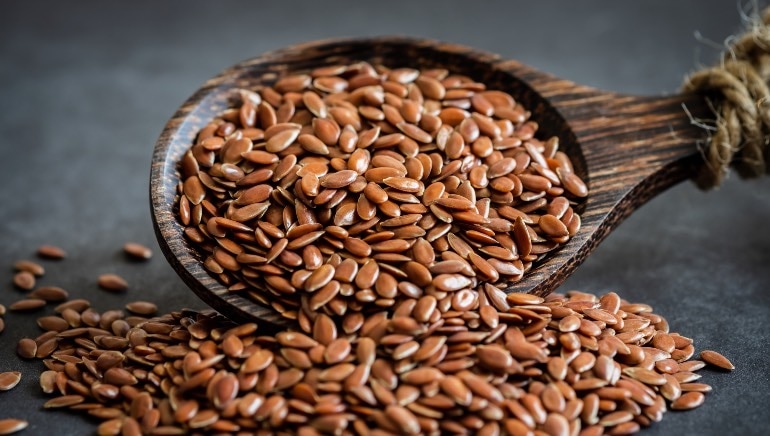
Flaxseeds contain omega-3 fatty acids, fiber, and antioxidants, making them a great addition to a diet that supports HDL cholesterol.
Advantages of Flaxseeds for HDL Cholesterol:
– Omega-3 Fatty Acids: Flaxseeds’ alpha-linolenic acid (ALA) reduces inflammation and enhances blood lipid profiles.
– High in Fiber: Flaxseeds’ soluble fiber removes excess cholesterol.
– Antioxidant Properties: Flaxseeds have antioxidants, which reduce oxidative stress.
– Improves Blood Lipid Profile: Flaxseeds have been proven to enhance overall blood lipid profiles.
Nutrition Information (per 1 tablespoon/15g):
– Calories: 60
– Protein: 2g
– Fiber: 3g
– Omega-3 Fatty Acids: 1.8g
– Vitamin B6: 10% DV
Recommended Daily Intake:
Consume 1-2 tablespoons (15-30g) of ground flaxseeds daily.
Suggestions:
– Grind flaxseeds before consuming them for better absorption.
– Create a gel-like texture by mixing it with water or yogurt.
– Add to oatmeal, smoothies, or baked goods.
Research:
– A 2010 study in the Journal of Nutrition revealed that consuming 1 tablespoon of flaxseeds daily improved HDL cholesterol and reduced LDL cholesterol.
– A 2019 study published in the Journal of the American Heart Association discovered that flaxseed consumption reduced cardiovascular risk by 10%.
Fruits
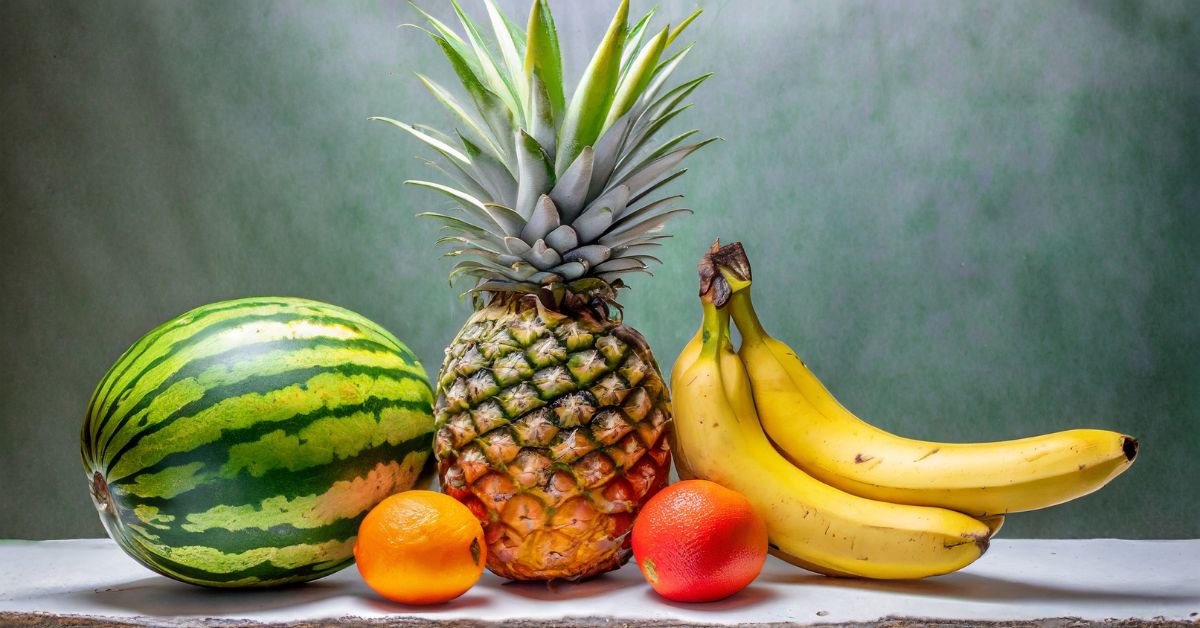
Fruits are packed with vitamins, minerals, and antioxidants, making them crucial to a diet that boosts HDL cholesterol.
Best Fruits for HDL Cholesterol:
– Apples
– Berries (strawberries, blueberries, raspberries)
– Citrus Fruits (oranges, grapefruits, lemons)
– Avocados (yes, they’re a fruit!)
– Pomegranates
– Mangoes
– Pineapples
Advantages of Fruits for HDL Cholesterol:
– Rich in Antioxidants: Fruits contain antioxidants, which reduce inflammation and oxidative stress.
– High in Fiber: Fruits are rich in soluble fiber, helping remove excess cholesterol.
– Anti-Inflammatory Effects: Fruits’ anti-inflammatory properties reduce cardiovascular risk.
– Improves Blood Lipid Profile: Fruits have been shown to improve overall blood lipid profiles.
Recommended Daily Intake:
Consume 2-3 servings (150-250g) of fruits daily.
Suggestions:
– Opt for whole fruits over juices or supplements.
– Incorporate fruits into meals, snacks, and desserts.
– Choose seasonal and organic fruits when possible.
Nutrition Information (per 1 medium/150g serving):
– Apple: 95 calories, 0.3g protein, 4g fiber, 10% DV vitamin C
– Orange: 60 calories, 1g protein, 2g fiber, 100% DV vitamin C
– Avocado: 140 calories, 3g protein, 10g fiber, 10% DV potassium
Research:
– A 2011 study in the Journal of Nutrition found that consuming 2 servings of fruits daily improved HDL cholesterol and reduced LDL cholesterol.
– A 2019 study in the Journal of the American Heart Association found that fruit consumption reduced cardiovascular risk by 12%.
Conclusion
In summary, maintaining healthy HDL cholesterol levels can lower the risk of heart disease and stroke. Incorporating HDL-boosting foods such as omega-3 fatty acids, avocados, and nuts can elevate good cholesterol levels and improve overall heart health. It’s also important to limit the consumption of processed and sugary foods and to seek personalized advice from a healthcare professional or registered dietitian. Get the facts on HDL and good cholesterol-boosting foods. By making well-informed dietary choices, you can take proactive steps to promote a healthier heart and reduce the risk of cardiovascular disease. Raise Your HDL Cholesterol with These 10 Healthy Foods!

